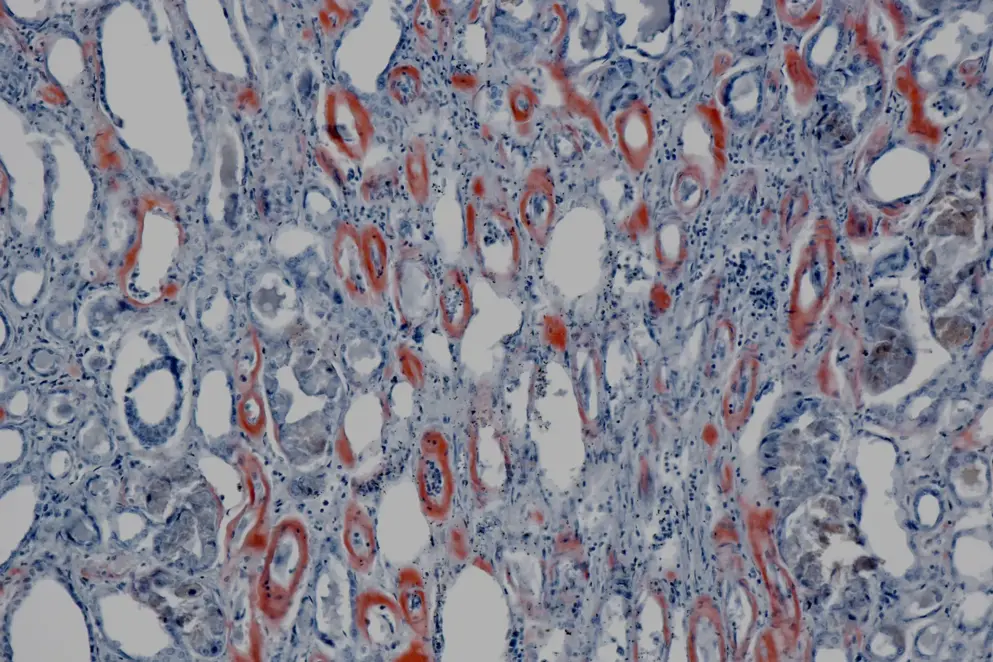
Improving outcomes in AL amyloidosis
Transcript: Diagnostic advances for amyloidosis
Professor Stefano Perlini
All transcripts are created from interview footage and directly reflect the content of the interview at the time. The content is that of the speaker and is not adjusted by Medthority.
So in summary, the major advantages and the major improvement that I saw during the ESC meeting of this year were related on the one hand of the possibility of using bone scintigraphy not as a specific tool for TTR because some patients with grade two or grade three positive scintigraphy may indeed hide the presence of AL amyloidosis. This is very important in our mind. The second point I gained from this conference in terms of diagnosis is the increasing role of magnetic resonance in quantifying the extent of extracellular deposition of amyloid, it is very likely that in the future it'll be possible to follow up the treatment of these patients and maybe remission of the disease by measuring the extent and the quality of the extracellular tissue deposition by magnetic resonance. We recently had the European Society of Cardiology meeting that was held in Amsterdam, and we heard the news related to the diagnosis, not because there were breakthrough innovation or changes, but just because the tuning up of the diagnostic techniques is very, very important. On the one hand, I heard several papers presenting the possibility that bone scintigraphy that is now very widely used for diagnosing TTR amyloidosis might be also important in diagnosing AL. Indeed the grade two or grade three positive scintigraphy is very likely to be in the majority of patient TTR, but in some patient might indeed be AL. So it's very important that a positive bone scintigraphy is not enough to rule out AL amyloidosis.
This should be done together with the mono fixation of serum and urine and free HMSA because you need to diagnose AL as soon as possible, AL being a real medical emergency. Another point that was raised in the diagnosis was how important magnetic resonance might be in trying to assess the extent of extracellular deposition. Magnetic resonance and ultrasound evaluation are not able for the time being to type disease. They are only able to tell us that there is a deposit that is very likely to be amyloid just because this is what we have now. But magnetic resonance in particular is able to measure the extent of extracellular deposition and extracellular involvement, and this can also be used in order to try to follow up the response to therapy. This is still research. We don't have a clinical clear evaluation of this, but this tool in the future I am sure, will represent something new and something very important in the follow up of this patient. To summarise, the major advantages I saw in this Congress as far as diagnosis is concerned is a much better look at the positive results of bone scintigraphy that may hide the presence of AL and to look very carefully at the possibility of measuring extracellular tissue by magnetic resonance and possibly to follow up its changes during treatment.
Updates in your area
of interest
of interest
Articles your peers
are looking at
are looking at
Bookmarks
saved
saved
Days to your
next event
next event

